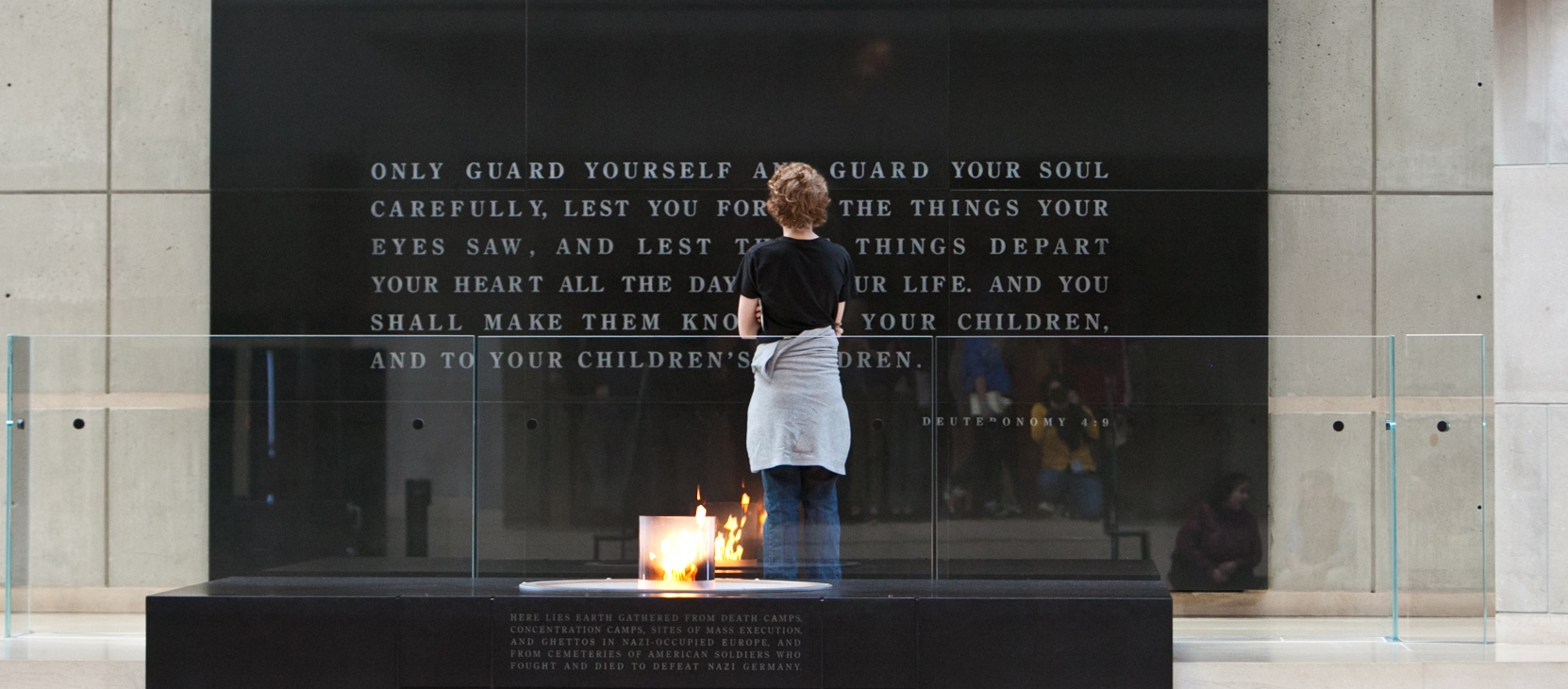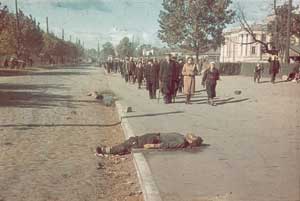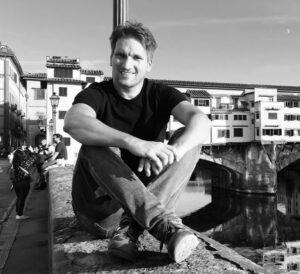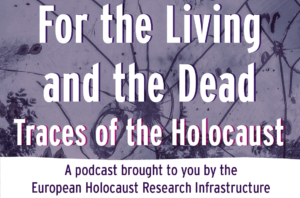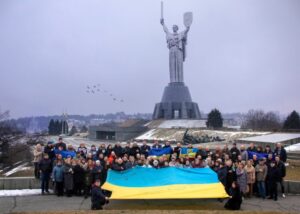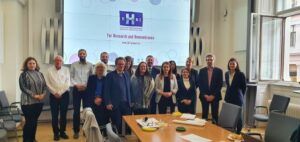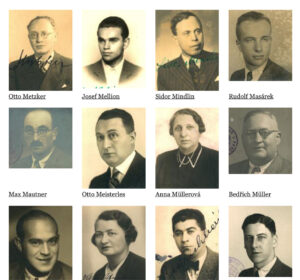Would you like to know more about the tragedy that occurred at Babyn Yar on 29 and 30 September 81 years ago? You can read more in the Chapter "German Mass Shootings" from the EHRI Online Course in Holocaust Studies' topic Holocaust in Ukraine. The chapter contains photos of Babyn Yar and Kyiv taken not long after the massacre.
Karel Berkhoff also talks about Babyn Yar in a podcast by EHRI partner Yad Vashem, where he relates the unimaginable story of Dina Pronicheva, one of the very few to survivors of the horrific event. You can listen to it here What Happened at Babi Yar?
